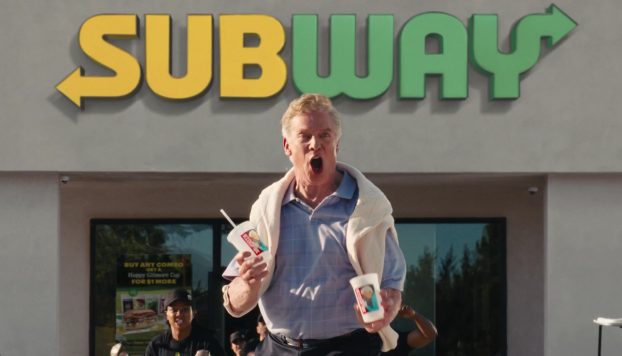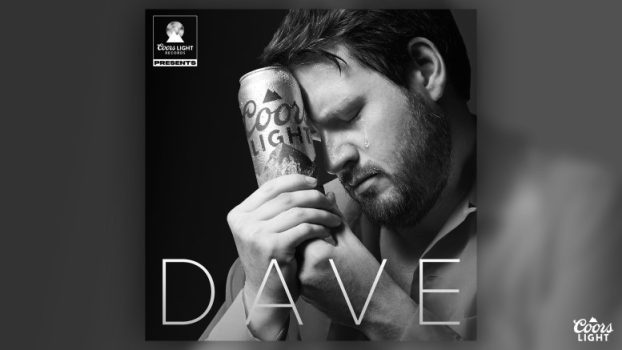This story appears in the November 2015 issue of strategy.
By Max Valiquette and Jon Crowley
Great marketers are great storytellers. That’s because humans are story machines: we love stories. We especially love our own stories. We love to make sense of our own senselessness by ascribing a narrative to almost everything we do – including our own decision-making processes – which extends to the way we connect with brands.
Our industry is built on responding to this, creating messaging conceived to drive people through a linear path to purchase (in fact, we called it exactly that). If it’s not truly reflective of the chaotic nature of the human decision-making process, it is reflective of the linear nature of the marketing business. It worked for us, even if it wasn’t honestly the way things work.
Now consumers chart their own path, sometimes without knowing it. In fact, there is no prescribed path anymore. There are only places where customer experiences start and end, and exist in between. Those stages don’t have to work as the brands we market would like them to. It’s linear versus non-linear advertising, and in 2015 we may have reached the tipping point, as shown in a couple of growing trends.
The Customer Journey: This can be the most linear of marketing concepts. Journeys have a beginning and an end; they follow a path. If you’ve worked from a “customer journey” document, that’s what it usually is: a sort of pathy flowchart that lays out how consumers should engage with a brand, usually starting with little or no connection and ending with a purchase (or other business goal). As our advertising and media environment has become less linear, we’ve responded paradoxically by overlaying a more structured process. The term “customer journey” is barely a decade old, reaching peak popularity (so far) in 2015.
That’s because it works for us – for the marketer who needs to book media in advance, who wants lead times for creative development, who has to justify spend against a particular moment for the eventual micro-dissection of ROI.
But it doesn’t truly represent the way consumers connect with brands anymore. We engage, disengage and re-engage; we enter into the final stages of a purchase process without having gone through the first few. Branded communications appear whenever and however consumers want – and disappears the same way. Brands that try to impose where they want us to be on that “journey” stop marketing to us in our true context.
We love the idea of mapping out how a customer engages with a brand, but a linear customer journey in a non-linear time may not be the right way to do it. Look for “customer journey” plans to start reflecting this, and to evolve.
Behaviour Nudges: 2015 has also seen peak activity around the concept of “nudges.” Rooted in behavioural theory and economics, the idea of a marketing nudge is that every activity can provide a gentle push towards a defined business goal – an activity that isn’t fundamentally dependent on what comes before or after on the “journey,” and always works to affect behaviour rather than attitudes. We will see more and more of this in the near future, as we focus on moving people to change how they act, rather than only what they think or feel.
The Brand Purpose: Lastly, in this evolving environment, defining what the fundamental purpose of a brand is more important than ever. Non-linear advertising means that each and every piece of a brand’s marketing needs to express a singular, clear mission. Defining that mission as a brand purpose can be incredibly difficult – you’d better love meetings where people discuss the meaning of a word for 45 minutes! – but it is also incredibly important.
So for us, right now, the shorthand for “brand purpose” reads like this: if your brand falls in the forest, and no one can hear it, what sound does it make? What is your brand’s reason for existing before it proposes something to its user, or before they demand proof? Without getting too first-year-theatre-schooly, if your brand could speak what would it tell you is its reason for being?
Heady stuff, and it ventures close to parody if we don’t take it seriously. So we say: take this very seriously. There is no linear journey. We are no longer in control of how we deliver our proof points to consumers. We can no longer predict when or how they ask us for our brand proposition. So we’d better know what our brand purpose is, and we need to see it in everything. If the path is that much darker, the purpose has to shine that much brighter.
Max Valiquette is VP, head of planning and Jon Crowley is connections planner, both at Publicis
Feature image courtesy of Shutterstock


























